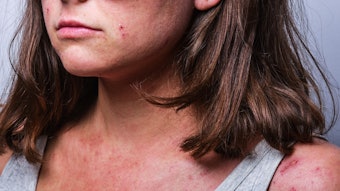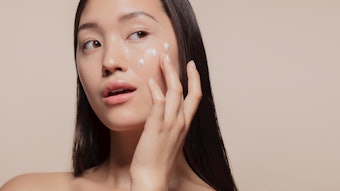
Improvements in Device-assisted Topical Treatments
In the skin care industry, many millions have been spent trying to figure out how to get the skin’s tough outer layer to stop doing its job. To boost cell turnover and get the skin to produce more collagen, for example, topical ingredients applied to skin’s surface need to overcome the stratum corneum’s stubborn resilience that protects the skin’s deeper layers from damage.
“The stratum corneum is like the Great Wall of China,” says board-certified dermatologist Jill S. Waibel, M.D., medical director of Miami Cancer Institute’s Multidisciplinary Skin Cancer Clinic and Miami Dermatology and Laser Institute. “Cosmeceutical companies spend millions trying to enhance formulas to penetrate it, but only 1 to 5 percent of topical drugs get through the stratum corneum.”
Research into improving the cutaneous bioavailability of topical ingredients by breaching the skin barrier has been robust in the last decade. Many factors make it difficult to penetrate the stratum corneum, including kinetics, the lipid solubility of a chemical formulation, the size of the molecule and the length of the pathway to the topical ingredient’s intended skin-layer target. This is why studying these pathways and improving topicals’ permeability is complicated, with many experts cautioning that more study is needed to determine which topicals are appropriate to inject below the skin’s surface and which devices are safest to get them to their intended targets.
Here, we look at other promising recent research regarding device-assisted delivery of topical actives, including papers presented at the Annual Conference on Energy-Based Medicine & Science of the American Society for Laser Medicine and Surgery (ASLMS) in April, and best practices in the field going forward.
Lasers and PRP
Enhancing permeability with the assistance of lasers has generated particular interest among researchers. The advantages of using lasers for drug delivery include the ease of accessibility, the non-invasive aspect and its effectiveness, wrote the authors of a 2017 review of research published in Advances in Therapy. One of those authors, Dr. Waibel, spoke at a June meeting in Paris about how laser therapy can be used to enhance delivery of therapeutic levels of antioxidants to the deeper layers of the skin.
Continue Reading our Digital Magazine to learn more about device-assisted skin topicals...
Virginia Pelley is a freelance writer based in Tampa, FL.











